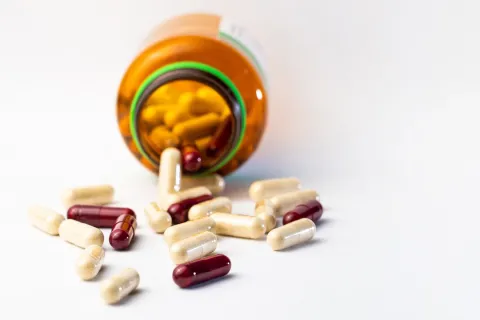
Have we ever realized various processes to consummate the sustainability of the products we manufacture? Won’t it be cumbersome to understand the depth of different market regulations for Food products? Manufactures/Suppliers will have to realize that the Australian Regulatory requirements are quite different from other countries for food products, which are otherwise referred to as complementary medicines by the Therapeutic Goods Administration (TGA). In Australia, the Food/Dietary Supplements also can be defined as products, which have nutritional ingredients such as herbs, vitamins, etc. and are often regulated by Therapeutic Goods Administration, and are referred to as Complementary Medicine
What are Complementary Medicines?
According to the TGA, Complementary Medicine means a therapeutic good consisting wholly or principally of one or more designated active ingredients, each of which has an established identity and traditional use.
The salient points to consider are as follows:
- Complementary Medicines are regulated as medicines under the Therapeutic Goods Act (1989)
- These are generally available for use in self-medication by consumers
- A majority of complementary medicines are indicated for the relief of symptoms of minor, self-limiting conditions. Many are indicated for maintaining health and well-being, or the promotion or enhancement of health.
To submit an application for complementary medicine in TGA a particular entity (manufacturer or distributor) is contemplated through various basic procedures for product approval. It involves checking if the active ingredient has been registered in the 26BB legislative list of TGA. Also, it is mandatory to hold the evidence for any therapeutic claims of the products along with the quality check of the finished product and the safety data of the ingredients of the finished product.
There are two (02) primary pathways for complementary medicines to be registered with the TGA:
- The listing (L-process)
- Registration (R-process)
The listing (L-process)
The listing process consists of ingredients that are of low risk, where the indications should only be certain for use in listed medicine, and the import of the product should not be restricted. Generally, for the Listing process, the manufacturer / distributor should get the online GMP clearance for the manufacturing site prior to submitting the product details and health benefit claims. The listing process generally takes two (02) weeks of time if the manufacturers’ GMP certificate is approved by the TGA.
Registration (R-process)
On the other hand, the Registration process is applicable if the complementary medicine consists of a novel ingredient, which is not in the TGA approved ingredient database. The product should contain therapeutic benefit claims which are not under the TGA approved list. Almost six to twelve (06-12) months’ minimum timeline is considered depending upon the complexity of the product. The dossier to be submitted in the registration process must be in CTD format containing information about the manufacturing process and site, quality control and clinical evidence to substantiate the claimed therapeutic / health benefits.
To market a food / dietary supplement in Australia, the manufacturer must have local presence, with a minimum requirement of insurance policy to cover the liability of 20 Million people and a pharmacovigilance test, before selling / marketing the finished product in Australia. Alerts on certain products are made due to the involvement of the Regulatory bodies to create a safe and compliant environment so that the stakeholders maintaining the quantum of responsibility align with the future of the world.
Keeping abreast with the various Regulatory Health Authorities can sometimes be challenging. To get more Regulatory updates and assistance contact Freyr.









